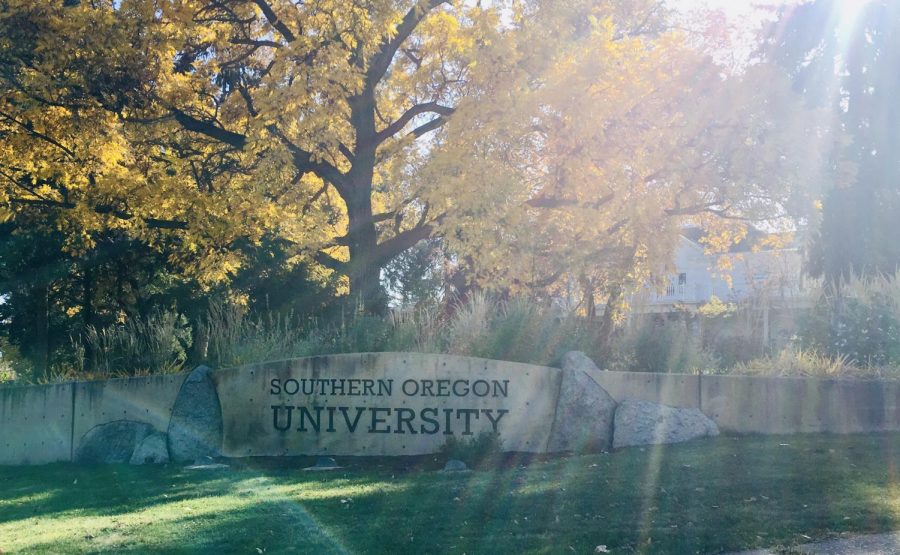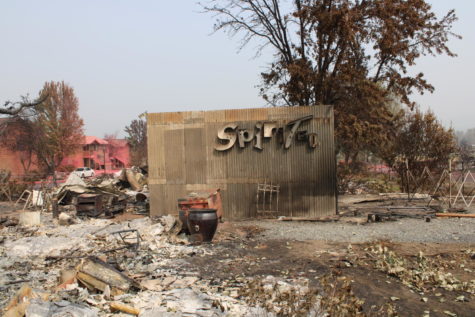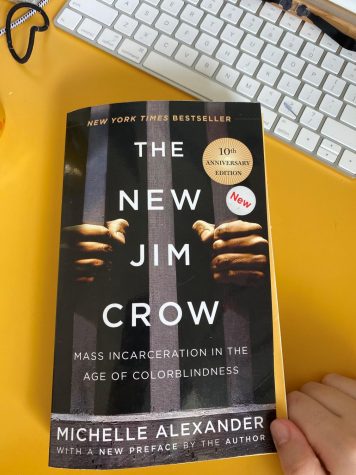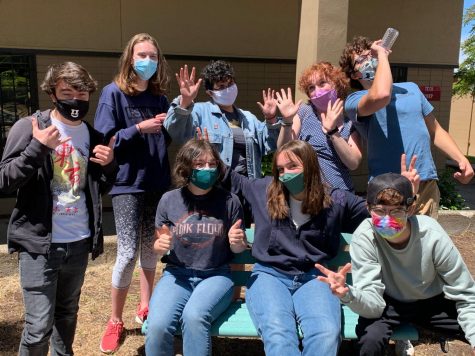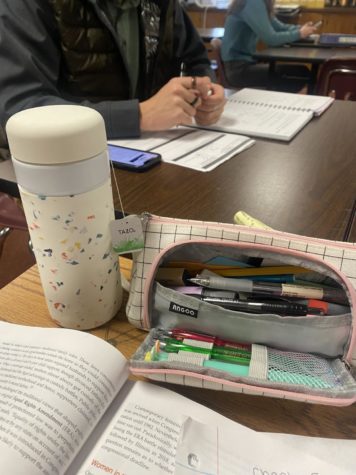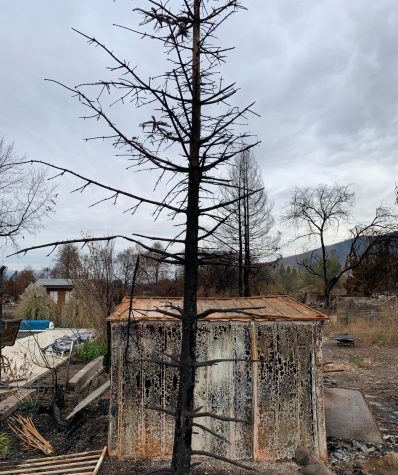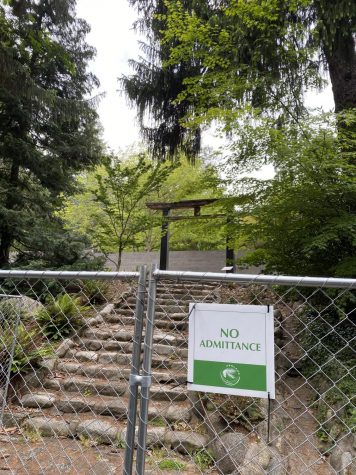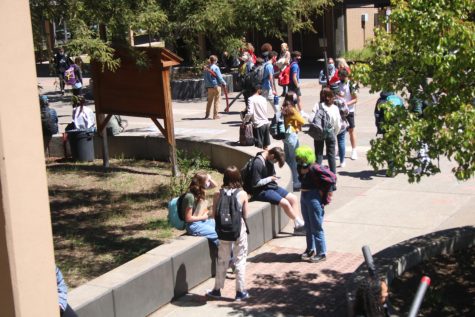College During a Global Pandemic
All across the United States, colleges weighed the costs of kicking off the fall 2020 school year with in-person learning, despite the COVID-19 global pandemic being at its all-time worst. COVID-19 has brought upon restrictions in education that no one was expecting. At the beginning of the pandemic, many schools of all levels were forced to switch over to online learning to stop the spread of the virus. This was believed to be a temporary solution. Fast forward to fall of 2020, schools have started, but the global pandemic has only gotten worse. Every school has been finding their own way to provide a solid education from a six-foot distance, but financial consequences have come with this.
Although the majority of college classes within the United States are being conducted online, many students are returning to campus to live in their dorm rooms. This is allowing colleges to make profit off of housing and dining costs, however it is also causing mental health problems for students and rising COVID-19 cases. Many colleges are requiring students to isolate themselves in their dorm rooms for fourteen days when they first arrive on campus. Once they have completed this they will be allowed to take part in some activities and use more facilities around campus. This can be difficult for students who rely on socializing and getting outside to ensure quality mental health.
On October 18, 2020 I toured the Oregon State University Campus in Bend, Oregon. A second year student showed me around the quiet campus. Some classrooms had been set up differently to allow small in person classes. Collaboration classrooms which would normally house almost 35 students of different majors at once, are now reduced to a few tables with only one chair on either side to create a six foot distance.
Chelsea Bowland, a former AHS graduate attending OSU-Cascades this year states, “It’s hard to meet people because they tend to stay within their groups because of COVID, and only ten students can gather at a time, therefore there are no big social events.” Despite these increased sanitation and distancng measures, The New York Times states that as of October 22, 2020, there are 214,000 COVID-19 cases at colleges and universities.
The biggest financial hit is coming from the general lack of students that are enrolling in college or university this year. Some students don’t want to risk potential exposure to the virus, while others believe that one shouldn’t pay the same amount of money for online education as in person classes. Despite not having the same equipment, resources, and instruction, colleges are not lowering their tuition for online classes. There are also many students who mainly attend college because they are heavily involved in sports. With almost no college sports happening this year, many athletes are choosing to stay home and pursue other endeavors such as work or internships. All of these factors have left almost one third of colleges on the verge of financial failure, creating an unpredictable view of the future of higher education in America.

